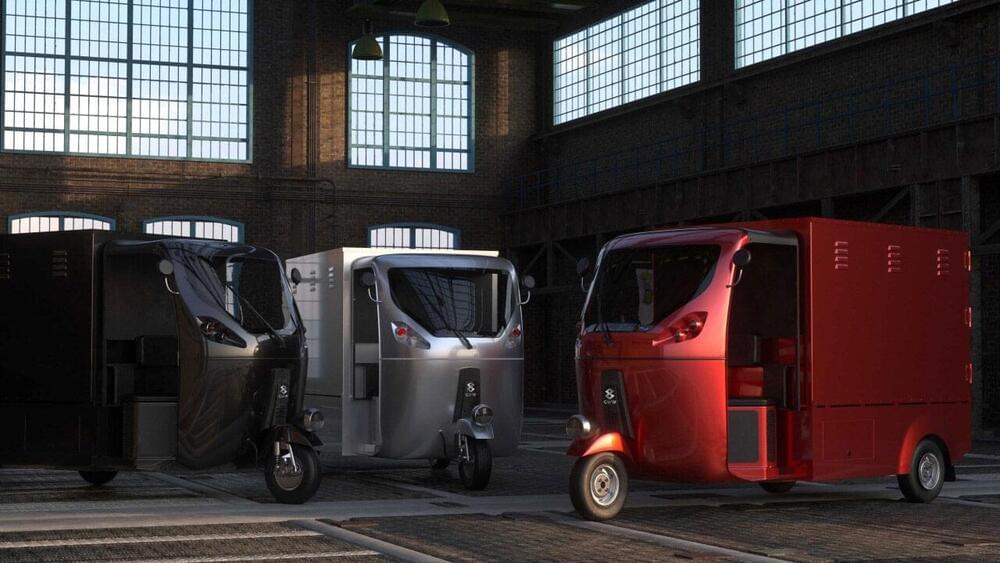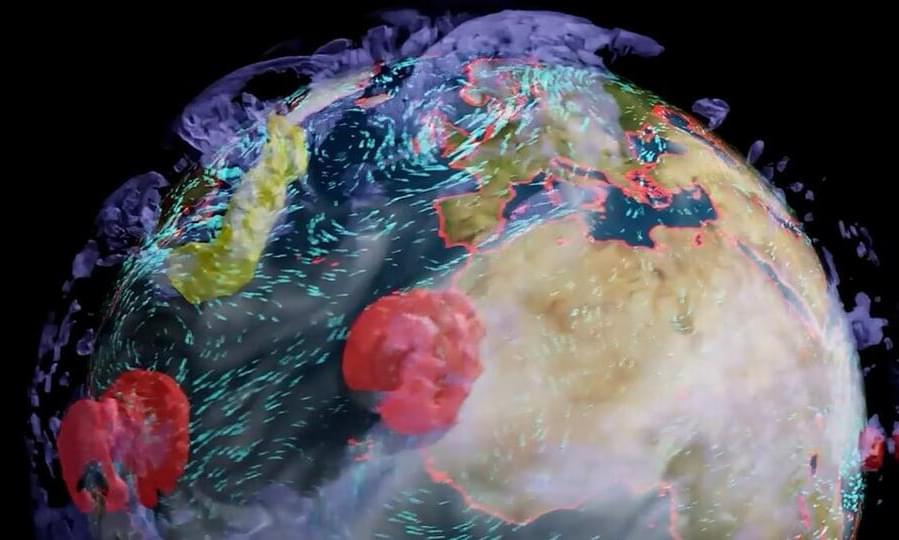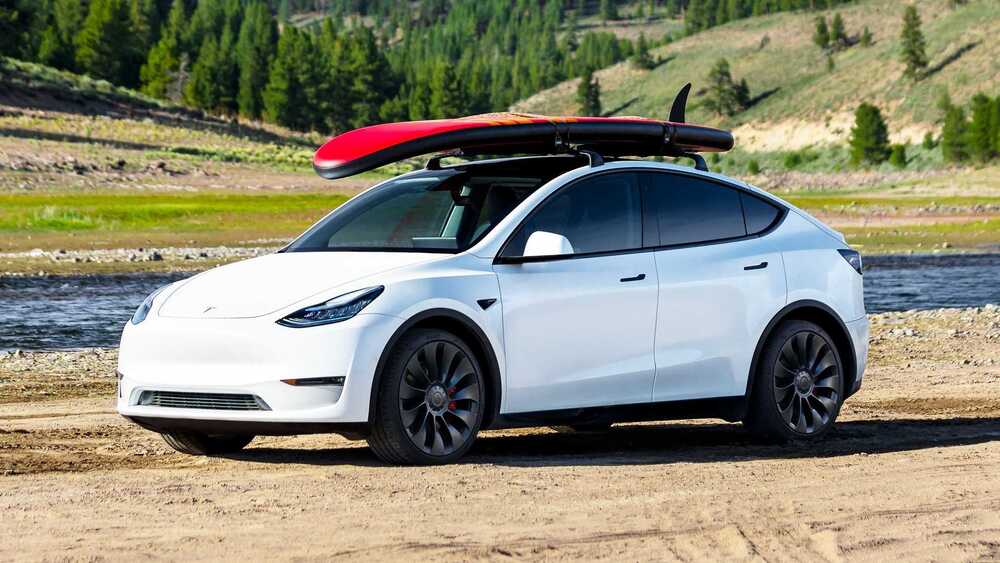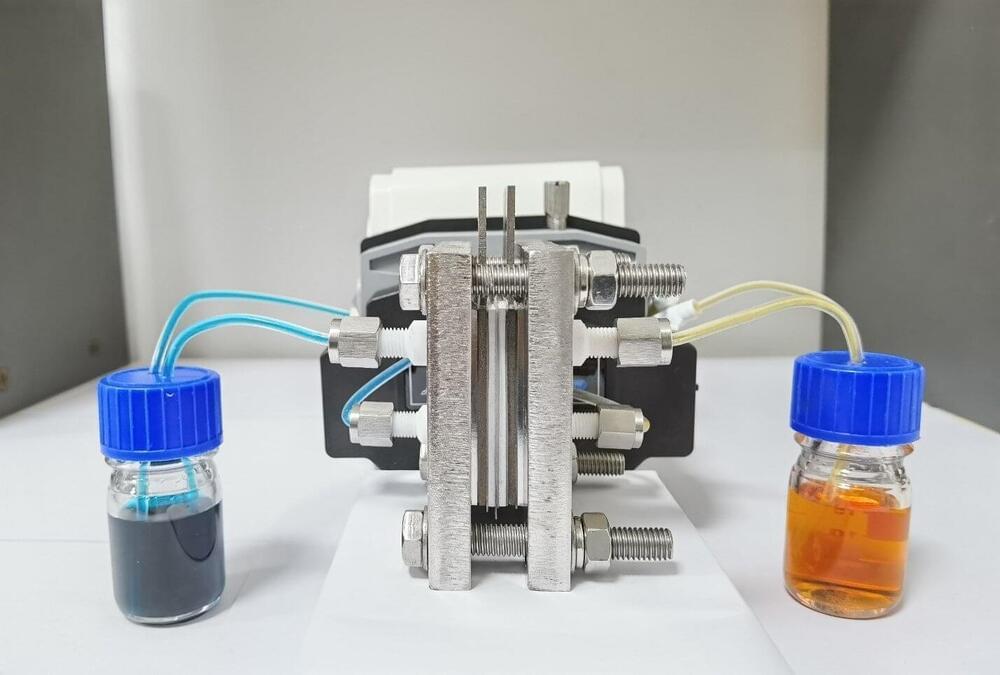The vehicle is a smart, efficient, and economical way to deliver goods and packages in an urban environment.



NVIDIA plans to build the world’s most powerful AI supercomputer dedicated to predicting climate change, named Earth-2.
The earth is warming. The past seven years are on track to be the seven warmest on record. The emissions of greenhouse gases from human activities are responsible for approximately 1.1°C of average warming since the period 1850–1900.
What we’re experiencing is very different from the global average. We experience extreme weather — historic droughts, unprecedented heatwaves, intense hurricanes, violent storms and catastrophic floods. Climate disasters are the new norm.
We need to confront climate change now. Yet, we won’t feel the impact of our efforts for decades. It’s hard to mobilize action for something so far in the future. But we must know our future today — see it and feel it — so we can act with urgency.
Climate change can cause dramatic shifts in global temperatures and weather patterns. And while scientists won’t be able to reverse all of the negative impacts of these changes, they are looking for ways to lessen the effects by controlling the weather.
Tech Insider tells you all you need to know about tech: gadgets, how-to’s, gaming, science, digital culture, and more.
TI on Facebook: https://www.facebook.com/techinsider.
TI on Instagram: https://www.instagram.com/tech_insider/
TI on Twitter: https://twitter.com/techinsider
AI is a classic double-edged sword in much the same way as other major technologies have been since the start of the Industrial Revolution. Burning carbon drives the industrial world but leads to global warming. Nuclear fission provides cheap and abundant electricity though could be used to destroy us. The Internet boosts commerce and provides ready access to nearly infinite amounts of useful information, yet also offers an easy path for misinformation that undermines trust and threatens democracy. AI finds patterns in enormous and complex datasets to solve problems that people cannot, though it often reinforces inherent biases and is being used to build weapons where life and death decisions could be automated. The danger associated with this dichotomy is best described by sociobiologist E.O. Wilson at a Harvard debate, where he said “The real problem of humanity is the following: We have paleolithic emotions; medieval institutions; and God-like technology.”
Full Story:
There is a lot more than the usual amount of handwringing over AI these days. Former Google CEO Eric Schmidt and former US Secretary of State and National Security Advisor Henry Kissinger put out a new book last week warning of AI’s dangers. Fresh AI warnings have also been issued by professors Stuart Russell (UC Berkeley) and Youval Harari (University of Jerusalem). Op-eds from the editorial board at the Guardian and Maureen Dowd at the New York Times have amplified these concerns. Facebook — now rebranded as Meta — has come under growing pressure for its algorithms creating social toxicity, but it is hardly alone. The White House has called for an AI Bill of Rights, and the Financial Times argues this should extend globally. Worries over AI are flying faster than a gale force wind.

It didn’t take long for Tesla to increase the Model Y prices in the U.S. by another $1,000, since the last increase of both Model 3 and Model Y in early November.
$1,000 more in just one week? Sure, why not? Now the entry-level Model Y Long Range AWD starts above $60,000: $58,990 + $1,200 DST is $60,190, which is the bare minimum.
Elon Musk, SpaceX, Tesla and Future City (Starbase, Texas)
🔔 Subscribe now with all notifications on for more Elon Musk, SpaceX and Tesla videos!
We all know how great it is to own our own home, but how much better is it to own our city? #ElonMusk the CEO of #Tesla and #SpaceX said that he is developing a new metropolis in Texas named ’ #Starbase.’ It is not a secret that Musk is known for his grandiose initiatives. Further, Musk’s metropolis will be built around his aerospace company SpaceX’s rocket launch pad. Musk, who is currently the world’s richest person with a net worth of nearly $226.5 billion according to the Forbes real-time Billionaire’s list, has frequently used the microblogging website Twitter to share brief updates.
📺 Watch the entire video for more information!
About Elon Musk Rewind.
🎥 Videos about Elon Musk, SpaceX, Tesla and more.
🎨 Written, voiced and produced by Elon Musk Rewind.
🔔 Subscribe now for more Elon Musk, SpaceX and Tesla videos.
Watch More from Elon Musk Rewind.

Digging in the yard of an old spinning factory in the eastern province of Iğdır last week, some workers discovered an animal skeleton of an unknown species.
The skeleton, which remained intact under the garden, is about 1 meter (3.3 feet) tall and has the teeth of a predator. After the workers noticed that some of the tissue attached to the skeleton had yet not deteriorated, they reported their discovery to the academics at Iğdır University’s Biodiversity Application and Research Center. The academics came to the area where the excavation was made and took the skeleton to the university. They will conduct research to determine the species of the animal skeleton at the university.


To produce a cost-effective redox flow battery, researchers based at the South China University of Technology have synthesized a molecular compound that serves as a low-cost electrolyte, enabling a stable flow battery that retains 99.98% capacity per cycle. They published their approach on August 14 in the Energy Material Advances.
Comprising two tanks of opposing liquid electrolytes, the battery pumps the positive and negative liquids along a membrane separator sandwiched between electrodes, facilitating ion exchanges to produce energy. Significant work has been dedicated to developing the negative electrolyte liquid, while the positive electrolyte liquid has received less attention, according to corresponding author Zhenxing Liang, professor in the Key Laboratory of Fuel Cell Technology of Guangdong Province, School of Chemistry and Chemical Engineering, South China University of Technology.
“Aqueous redox flow batteries can realize the stable electrical output for using unsteady solar and wind energy, and they have been recognized as a promising large-scale energy storage technology,” Liang said. “Electroactive organic merit of element abundance, low cost and flexible molecular control over the electrochemical features for both positive and negative electrolytes are regarded as key to developing next-generation redox flow batteries.”
Tesla rival Rivian stock price was valued at over $100 billion after it was publicized at the world’s largest IPO in 2021.
The Rivian stock price was valued at over $100 billion after it was publicized at the world’s largest IPO in 2021. With this, Tesla CEO Elon Musk has given some warning that Rivian may face.
Rivian Stock Price Prediction: Elon Musk Gives Heads-Up to the Challenges
According to Economic Times, Rivian’s stock price has soared as much as 53 percent during its Nasdaq debut on Wednesday, which provided the Amazon-backed electric vehicle manufacturer a market price of more than $100 billion after what could be said as the world’s largest IPO this year.